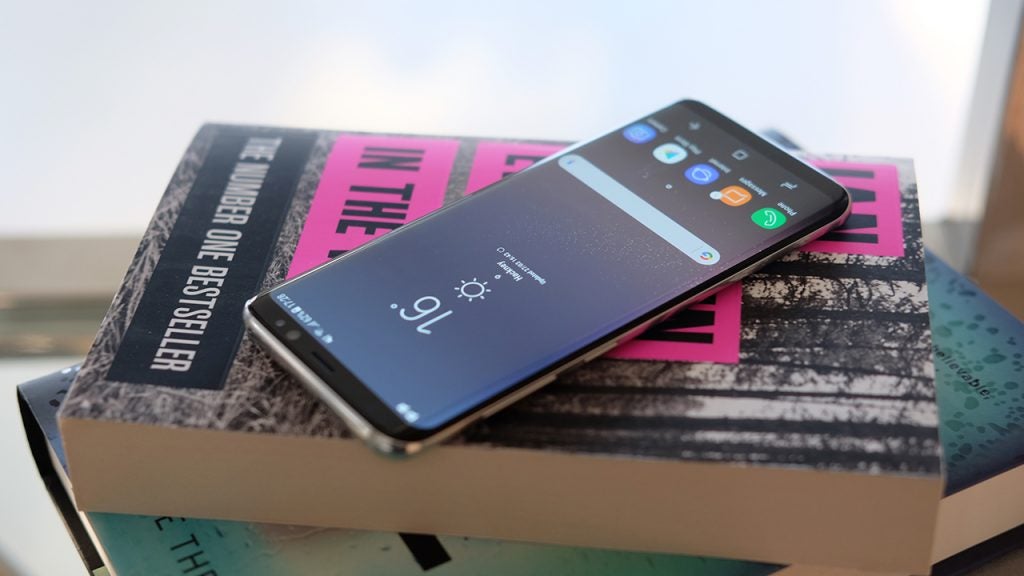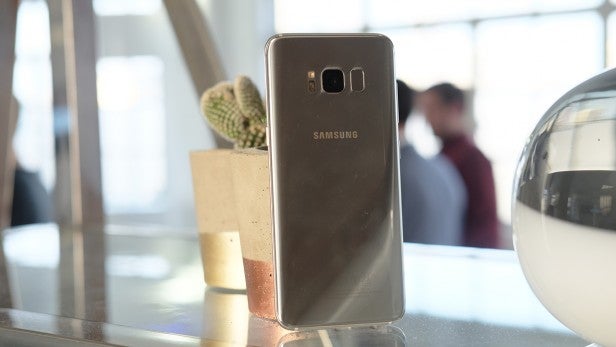OnePlus 5T vs Galaxy S8: Which should you pick?

OnePlus 5T vs Galaxy S8: What’s the difference?
If you’re looking to pick up a new Android flagship this Christmas, Samsung and OnePlus have got you covered with both manufacturers having now unveiled their latest top-of-the-line devices.
Related: Best Black Friday deals
Which smartphone is best? We compare the Samsung Galaxy S8 to the new OnePlus 5T and explain the key differences.
OnePlus 5T vs Samsung Galaxy S8 Design: What’s the difference?
These two phones are priced very differently, and one of the biggest areas this shows is in design.
Samsung’s Galaxy S8 is a stunning device, constructed of glass and metal with a curved display and a very high-end look. It’s one of the best-looking smartphones around, even when compared to the £1000 iPhone X.
Related: Best Android phones

The OnePlus 5T is, of course, a lot less glamorous. It’s still made of metal and glass and has a nicely curved back, but the overall design is certainly more functional than flashy.
Both phones feature rear-facing fingerprint scanners and a headphone jack on the bottom, but only the Galaxy S8 boasts an IP-rating for water-resistance.
2017 has been the year of bezel-reduction and that’s very apparent in these two phones. Both have an ‘all-screen’ front and minimal bezel around the display. The S8 is the smaller phone, but its 5.8-inch screen is also smaller than than the 6-inch display on the OnePlus 5T.

Samsung’s display has a more dense 1440 x 2960 pixel resolution – that’s 567ppi, opposed to 401ppi on the OnePlus 5T. Both phones feature an OLED screen, which means pixels will emit their own light, resulting in deeper blacks and better energy efficiency than LCD displays.
OnePlus 5T vs Galaxy S8 Specs: Which has the better features?
Samsung has kitted out the Galaxy S8 with either a Snapdragon 835 (Qualcomm) or Exynos 8995 (Samsung) chip. OnePlus is also using the Snapdragon 835, but it’s pairing it with more RAM (6/8GB rather than 4GB).
Storage for the S8 starts at 64GB, which is a big leap from the 32GB Galaxy S7 but the same as the OnePlus 5T. However, with the S8 you can upgrade your storage via a microSD slot, which doesn’t feature on the OnePlus 5T.

Battery-wise, you’ll find a 3300mAh cell in the OnePlus 5T with Dash Charge and a smaller one the Galaxy S8 at 3,000mAh. Both phones utilise USB-C, which is becoming more common these days.
One thing that will certainly separate the two phones is the camera. The dual camera setup on the OnePlus 5T offers a 16-megapixel and 20-megapixel camera, no Optical Image Stabilisation (OIS) and an f/1.7 aperture on both cameras. The 20-megapixel camera here is for allowing some extra zoom in pictures and a silky portrait mode.
The Galaxy S8 retains last year’s camera setup, offering blisteringly fast autofocus thanks to the company’s DualPixel technology and OIS. It has a wide f/1.7 aperture in its single 12-megapixel camera and takes stunning pictures.

Both phones come running Android 7, rather than the newer Android 8.0 Oreo, but an update for both has been promised. Even though the software might be the same, the Oxygen OS on the OnePlus 5T is a lot closer to how Google envisions Android.
OnePlus 5T vs Galaxy S8 Value: Which offers better value for money?
Phones from OnePlus are great not only because they have the latest internals, but because they offer excellent value for money. The OnePlus 5T starts off at £449 for the 64GB model and £499 for the 128GB version.
The Samsung Galaxy S8 might be a slightly older device, but it’s still pricier. If you buy it direct from Samsung it’ll cost you £689 (64GB), but on other sites it can be had for closer to £550.
Which phone would you pick? Tweet us @trustedreviews


